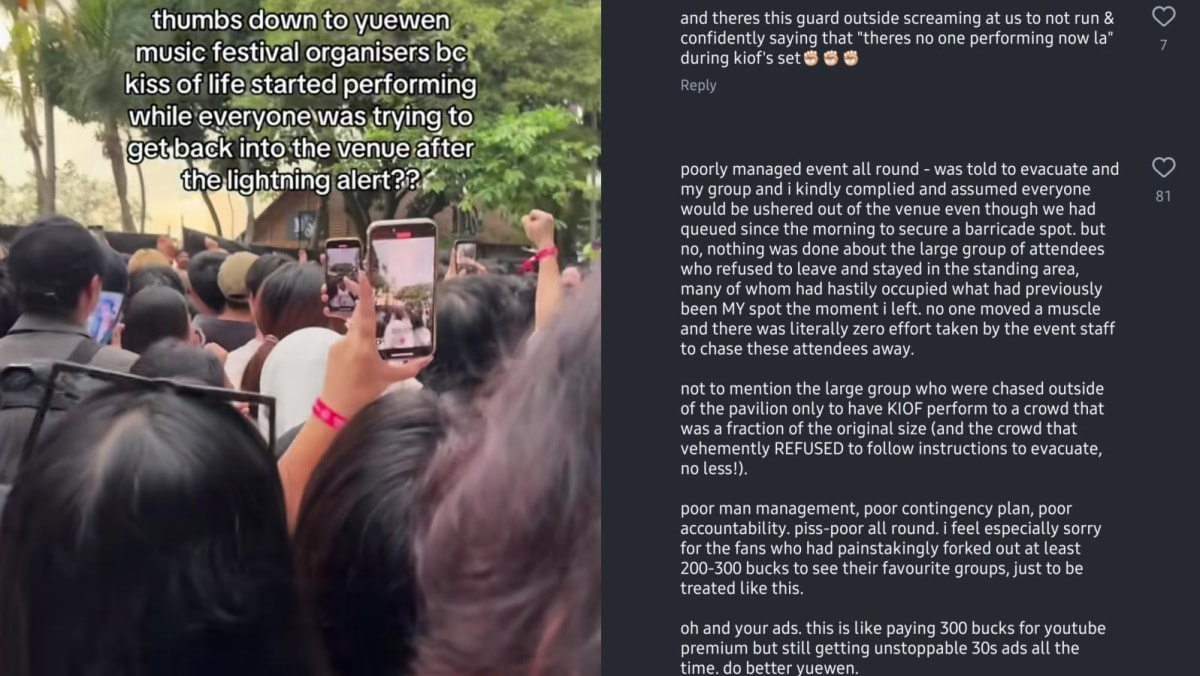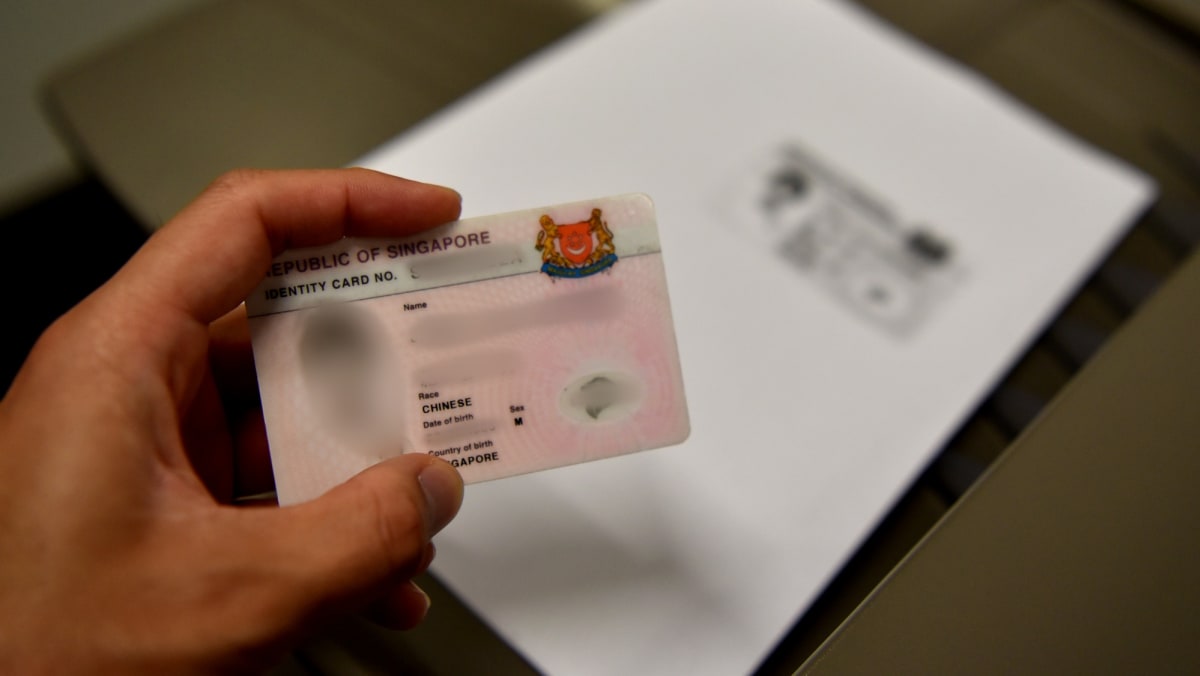A moment of inattentiveness cost one victim S$9,500. Here’s how to avoid making the same mistake when selling preloved items after spring cleaning or shopping for festive goodies.

Stay vigilant against online scams as you declutter in preparation for the festive season. Photos: Shutterstock
New: You can now listen to articles.

This audio is generated by an AI tool.
Like most digitally savvy Singaporeans, Ms Wendy Lee* is familiar with the signs of a scam.
When fraudsters call, pretending to be a long-lost friend, she hangs up. Scam texts impersonating banks or government agencies are promptly deleted. She also stays updated on scam advisories by watching Crimewatch.
Yet, it took only a moment of distraction for Ms Lee, a media professional in her 40s, to become a victim of an e-commerce scam. Like many Chinese Singaporeans decluttering in preparation for Chinese New Year, she had listed some furniture for sale online. Instead of finding a buyer, she encountered a scammer who left her S$9,500 poorer. Here, Ms Lee shared her harrowing experience, describing how the scam unfolded and the impact it had on her.
Q: How did you become the target of a scam?
Ms Lee: I wanted to sell my old coffee table after buying a new one. After listing the table on a popular online marketplace, someone reached out through the platform’s chat function. He asked a few questions about the table and we agreed on a price. He said he would pay via the platform’s payment system and asked for my email address, which I provided.
Shortly after, the buyer claimed to have made the payment and said I would receive an email from the marketplace. The email appeared legitimate, complete with the company’s logo. I clicked on a link in the email, which directed me to a page asking me to select the bank I wanted the funds credited to. It then led me to my bank’s login page, where I was prompted to add a payee.
At this point, I started feeling uneasy. Why would I need to log into my Internet banking account just to receive payment? Something didn’t feel right.
 Scammers often rely on pressure tactics to distract their victims, so be mindful when conducting any transactions online.
Scammers often rely on pressure tactics to distract their victims, so be mindful when conducting any transactions online.
Q: Why did you continue if you had doubts?
Ms Lee: I was on my way to dinner with my family at the time. My husband was driving and I wanted to quickly complete the payment process so I wouldn’t have to deal with it later. The buyer also expressed concern that his money might get stuck in payment mode and I didn’t want to cause him any inconvenience.
Q: What did you do next?
Ms Lee: When I arrived at my destination, it suddenly occurred to me that I might have been the victim of a scam. I returned to the chat but there were no further replies. I checked the email again, only to find that the link was no longer working. Alarmed, I immediately called the bank.
The customer service officer promptly assisted in blocking all transactions and verifying recent activity on my account. Unfortunately, it was discovered that S$9,500 had been deducted from my account less than five minutes after I entered my banking details on the phishing site provided by the scammer.
The customer service officer helped cancel my Internet banking access as well as ATM and credit cards. He advised me to report the incident to the police and submit the report to the bank, so they could coordinate their efforts.
The next day, I noticed that the scammer’s account had been suspended on the marketplace, possibly due to the police report or other victims flagging the account. Unfortunately, I never recovered the stolen money.
DBS’ stay-safe tip: If you suspect you’ve been scammed, contact your bank immediately. DBS customers can call the dedicated fraud hotline at 1800 339 6963 from Singapore, or (65) 6339 6963 from overseas. You will have the option to secure your funds by activating a safety switch, and a customer service officer will guide you through follow-up actions such as replacing cards.
 When shopping for festive goodies, be wary of deals that seem too good to be true.
When shopping for festive goodies, be wary of deals that seem too good to be true.
Q: Since this incident, what steps have you taken to stay safe from scammers?
Ms Lee: I have downloaded ScamShield on my phone and reduced the transfer limits on my Internet banking. I also make it a point to use my credit card exclusively for online payments and avoid any transactions that require me to log into my bank account.
DBS’ stay-safe tip: Secure the devices you use for online transactions. Remember to stay vigilant, especially as you shop online for goodies, clothes and other items in the lead-up to Chinese New Year. Scammers may exploit the festive atmosphere by posing as sellers posting fake advertisements with deals that seem too good to be true or reaching out as buyers to trick you. They might send links or QR codes leading to phishing sites or get you to download malicious apps designed to steal your banking credentials.
To protect yourself, use payment controls on your banking app to manage your cards, such as setting spending limits, temporarily blocking your card or restricting usage for specific transactions. Switch on transaction notification alerts to keep track of all activities on your accounts in real time. Never share your digibank user ID, PIN or one-time password with anyone, and avoid entering them on unverified websites. If in doubt, verify any requests through your bank’s official hotline, website or app. Additionally, ensure that your devices’ operating system, antivirus software and antispyware are set to perform daily automatic updates.
Q: From your experience, what advice would you share with others?
Ms Lee: Avoid conducting transactions in a rush. Scammers often rely on pressure tactics to distract you, so take your time and stay focused when making any payments or financial decisions.
DBS’ stay-safe tip: When carrying out e-commerce payments or banking transactions using your digital token, always pause to carefully read the authentication message first before proceeding.
While the festive period can be hectic with shopping and other errands, avoid multitasking when carrying out online transactions. Remember, if a deal looks too good to be true, it probably is.
Learn more about how to protect yourself online with DBS.
*Name changed for privacy reasons.
















.png?itok=erLSagvf)






























